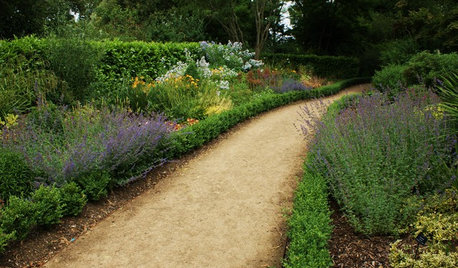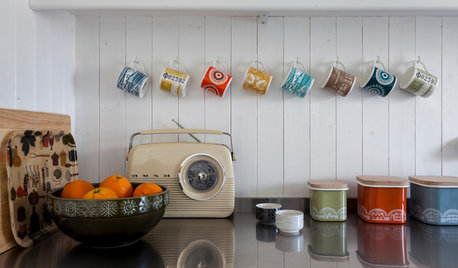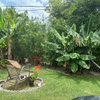Stone fruit spray schedule #2
imred
14 years ago
Related Stories

EDIBLE GARDENSGrow Plum Hybrids for Your Favorite Fruit Flavors
Plums are cozying up with apricots, peaches and even cherries — here’s how to grow these hybrids for the best aspects of each
Full Story
EDIBLE GARDENSHow to Grow 10 Favorite Fruit Trees at Home
Plant a mini orchard in fall, winter or early spring to enjoy fresh-off-the-tree fruit the following year
Full Story
FRUIT TREESHow to Grow Your Own Juicy Plums
Easier than other stone fruits and with a variety of colors to choose from, plums are a versatile garden addition
Full Story
LANDSCAPE DESIGN5 Gravel and Stone Types for a Rockin' Landscape
Give your garden design some textural bam with pebbles, granite, river rocks and other permeable materials
Full Story
FEEL-GOOD HOMERegain Calm With a New Weekly Routine
Having a day-by-day housekeeping schedule makes the chores a lot more manageable
Full Story
EDIBLE GARDENSHow to Grow Your Own Peaches and Nectarines
Make gardening a little sweeter with these juicy fruits, which you can eat after plucking or preserve for later
Full Story
REMODELING GUIDESWhy Marble Might Be Wrong for Your Bathroom
You love its beauty and instant high-quality appeal, but bathroom marble has its drawbacks. Here's what to know before you buy
Full Story
GARDENING GUIDESHow to Plan Your Edible Garden
Get organized before you plant to ensure that your fruits and vegetables have a chance to thrive
Full Story
EDIBLE GARDENSHow to Grow Your Own Luscious Cherries
Nope, they’re not the easiest fruit to grow. But with spectacular blossoms and pies as possibilities, cherries are sure worth a try
Full Story
GARDENING GUIDESHow to Keep Your Citrus Trees Well Fed and Healthy
Ripe for some citrus fertilizer know-how? This mini guide will help your lemon, orange and grapefruit trees flourish
Full Story




alan haigh
theaceofspades
Related Discussions
Organic Apple Spray Schedule
Q
Can peach spray schedule be used for all fruits?
Q
Surround spray schedule
Q
does this mean you dont have to spray or different spray schedule
Q
alan haigh
theaceofspades
questor3
olpea
alan haigh
Michael
alan haigh
theaceofspades
olpea
questor3
alan haigh
imredOriginal Author
theaceofspades
theaceofspades
alan haigh
imredOriginal Author
alan haigh
imredOriginal Author
alan haigh
imredOriginal Author